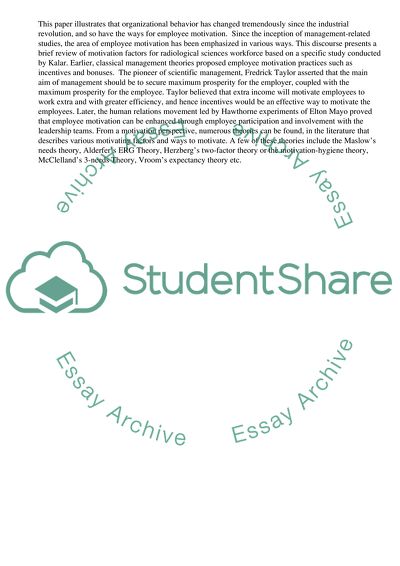Cite this document
(“Motivation in a Multigenerational Radiologic Science Workplace Research Paper - 1”, n.d.)
Motivation in a Multigenerational Radiologic Science Workplace Research Paper - 1. Retrieved from https://studentshare.org/management/1610003-motivation-in-a-multigenerational-radiologic-science-workplace
Motivation in a Multigenerational Radiologic Science Workplace Research Paper - 1. Retrieved from https://studentshare.org/management/1610003-motivation-in-a-multigenerational-radiologic-science-workplace
(Motivation in a Multigenerational Radiologic Science Workplace Research Paper - 1)
Motivation in a Multigenerational Radiologic Science Workplace Research Paper - 1. https://studentshare.org/management/1610003-motivation-in-a-multigenerational-radiologic-science-workplace.
Motivation in a Multigenerational Radiologic Science Workplace Research Paper - 1. https://studentshare.org/management/1610003-motivation-in-a-multigenerational-radiologic-science-workplace.
“Motivation in a Multigenerational Radiologic Science Workplace Research Paper - 1”, n.d. https://studentshare.org/management/1610003-motivation-in-a-multigenerational-radiologic-science-workplace.


